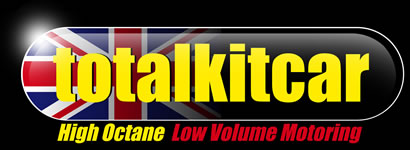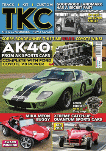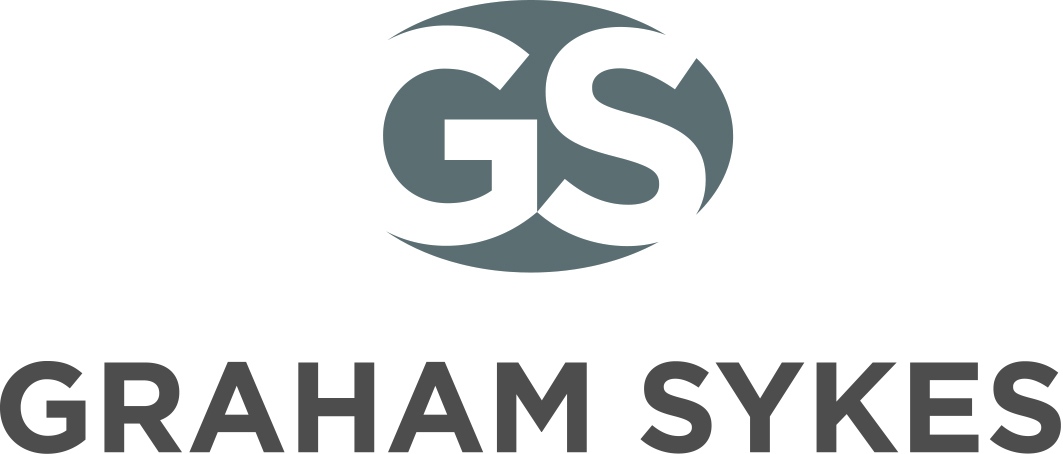THE STORY OF BRP AND YEOMAN CREDIT
STEVE HOLE tells the story of British Racing Partnership and Yeoman Credit, who pioneered sponsorship in motorsport, being the first team to give up the identity of the team and cars in return for sponsorship money, who became the YEOMAN CREDIT RACING TEAM.
One of the pioneers of motorsport sponsorship came from Joseph Samengo-Turner’s Yeoman Credit operation, founded in 1955. By 1959, Joseph’s sons – Paul, William and Fabian – were running Yeoman. In a nutshell, Yeoman was one of the earliest exponents of car finance and many of the country’s major – and minor – car dealerships offered their HP policies.
The company was always very proactive with their marketing and looking for ways to enhance their business. When they met with Ken Gregory, pilot, confidante/manager of Stirling Moss, one-time proprietor of Cars & Car Conversions magazine, Ken Gregory, then involved with the British Racing Partnership (along with Stirling Moss’ father, Alfred) operation things changed greatly.
BRP was the first motorsport team to effectively sell the identity of their cars in return for sponsorship money. Yeoman started quietly with BRP in Formula Two for the 1959 season, with their Cooper-Borgwards and a few Formula One rounds with their BRM P51 in the hands of Stirling Moss (he recorded their first podium finish (second place) at the British GP at Aintree in 1959.
Things went up a notch or two for the 1960 season in Formula One when BRP was given £40,000 (allowing for inflation, the equivalent of £644,000, today) to buy suitable cars and equipment and a further £20,000 (about £322,000, give or take, today).
Yeoman Credit wasn’t interested in BRP having old cars, so they chose brand new Cooper T51s with Coventry-Climax FPF engines. Although they were privateers, with Yeoman’s considerable backing they were turned out as well as the leading works teams.
For 1960 various drivers drove for the Yeoman Credit Racing Team (aka British Racing Partnership) namely, Tony Brooks, Olivier Gendebien, Bruce Halford, Phil Hill, Henry Taylor and Chris Bristow (who had impressively won a couple of F2 races for the team in 1959, so was promoted to F1 for 1960).
Tragically, the latter was just 22-years old when he perished at Spa-Francorchamps. This possibly spooked the Yeoman Credit owners, the Samengo-Turner family as it was the second fatal accident involving Yeoman-liveried BRP cars, after 36-year-old Ivor Bueb had perished in an F2 race at Clermont-Ferrand in France in August 1959. I’ve also seen it written that the Samengo-Turner family and BRP just didn’t get on.
Incidentally, Bristow remains the youngest F1 driver to die in a world championship race. Although Ricardo Rodriguez, is technically the youngest and was just 20, when he died in 1962 in a Lotus in Mexico, that was a non-championship race. I’ve read various stories about Londoner Bristow. I’ve seen him described as ‘a wild man’ who seemingly spun or crashed at every race he took part in, from Ken Gregory, who in later years described him as a future F1 world champion if he’d survived. On the other hand, Sir Stirling Moss disagreed with that view.
The result was that Yeoman Credit switched their support and resources to the new Reg Parnell Racing Team for 1961. Results were better albeit initially, in non-championship races, but they didn’t tear up any trees in world championship events. A variety of drivers had a go in their Lotus 18s (with Climax FPF engines) including Cliff Allison, Maston Gregory, Lucien Bianchi; Juan Manuel Bordeu, Olivier Gendebien and Henry Taylor.
In 1962, they changed to Lola Mk4s, again with Surtees and Salvadori, although they slightly re-branded to Bowmaker-Yeoman Racing Team, preferring to use their parent company’s Bowmaker (founded 1926) name.
Ultimately, 1962 was their last F1 season and they concentrated on selling their credit policies to punters via car dealers well into the eighties withdrawing from the sport before the 1963 season. Reg Parnell Racing was effectively finished after the death of Parnell in 1964, merging with BRM.
What happened to the British Racing Partnership? In a neat move, possibly driven by a bit of needle, Gregory and Alfred Moss ‘sold’ the sponsorship idea to Yeoman’s deadly rivals, United Dominions Trust (if your local Ford dealer didn’t offer Yeoman HP policies, he’d almost certainly be dealing with UDT), a company founded in 1919.
As a result, the BRP team was renamed UDT Laystall Racing with no real improvements in results. The ‘Laystall’ part of their new name came from the well-known manufacturer of crankshafts, who were part of the UDT Group. Their drivers for the 1961 season were John Surtees and Roy Salvadori, driving Cooper T53s, again powered Climax FPF engines.
| Print article | This entry was posted by admin on May 16, 2024 at 4:24 pm, and is filed under Uncategorized. Follow any responses to this post through RSS 2.0. Both comments and pings are currently closed. |
Comments are closed.















